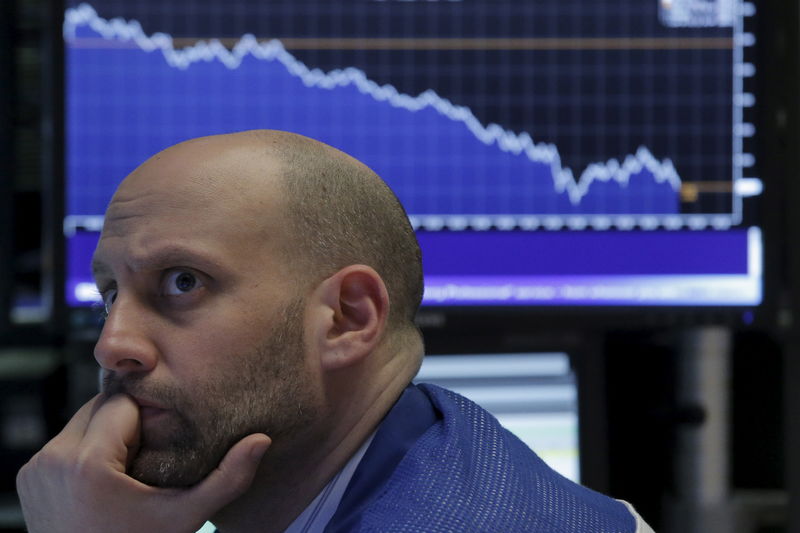Goldman strategists outline five reflation, tariff hedges for 2025
Investing.com -- As the 'Goldilocks' market backdrop over the past year moves into the rearview mirror, the prospect of a reflationary environment following a Republican sweep threatens risky assets, Goldman Sachs says, outlining five reflation and tariff hedges for 2025.
"Too much reflation might result in frustration. The S&P 500 has been positively correlated with rising US 10-year yields since the summer, as both were driven by better growth. However, too fast increases might drive some indigestion for risky assets," Goldman Sachs analysts noted.
Against the backdrop of too much reflation and tariffs risks, the analysts outlined five option overlays for 2025 to hedge against potential risks:
1. Options spreads for potential market corrections: Put options on equity indices and credit default swap spreads on corporate bonds would mitigate against potential market corrections.
2. Reflation frustration hedges: Bearish positions on both the S&P 500 and the EUR/USD exchange rate could hedge against scenarios where too much reflation potentially pushes bond yields to levels that may threaten upside in equities.
3. Gold and USD calls for geopolitical risk: Call options on gold and the US dollar may provide protection against potential geopolitical tensions that could disrupt markets.
4. Puts on China-exposed assets for tariff risk: This strategy involves purchasing put options on assets with significant exposure to China, hedging against the potential impact of increased tariffs.
5. Europe and China equity tail hedges: In China and Europe, positive surprises on global growth, policy, tariffs or geopolitical risk could drive upside tail risks in 2025. While buying call options on China or European equities can hedge the right tail, buying EURO STOXX 50 forward vol outright also could help position for larger medium-term volatility in either direction.
Goldman Sachs' baseline scenario for markets remains friendly with stable global growth and further declines in inflation, but the analysts noted that there are fewer tailwinds from inflation relief and more elevated valuations for risky assets.
While the pricing in a more friendly macro backdrop increases vulnerability to both negative growth and rate shocks, equity drawdown risk is limited, largely because central banks should buffer shocks after material inflation normalization, the analysts said.
Source: Investing.com
